Tarragona, Denia and Altea - Spain
Hello fellow travelers! We visited Spain last year. We ventured along the stunning coast of Costa Blanca, visiting beautiful cities like Denia, Altea, Xabia and Alcoy. And we explored two cities founded by the Roman Empire: Tarragona on the Costa Dorada coast and Valencia.

During our visit to Tarragona, we marveled at this aqueduct, built by the Romans in the 1st century AD during the reign of Augustus. What's intriguing is that it continued to be used by the Arabs after they conquered Spain. The fact that such a colossal structure was erected thousands of years ago, without modern technology and cranes, is really incredible.

It's astonishing that after 2000 years, this bridge remains so well-preserved. According to legend, a shepherd asked for a bridge that would withstand for 1000 years from the devil. But now, 2000 years have passed and look, it still stands as if it were newly built. The legend goes like this: Once, a Roman architect couldn't prevent a strong wind from knocking down the bridge. Desperately, he said only the devil could build a bridge here that would last 1000 years. The devil came that night and claimed he would build the bridge overnight. However, in return, he demanded the soul of the first person to cross and drink from it. In this legend, it was a donkey that crossed first and the devil took its soul. Another interesting fact is that there are several devil's bridges in Spain that every tourist can visit.

We continued to explore Tarragona, the capital of the Costa Dorada coast! Few people know that this city has been a UNESCO World Heritage site since 2000. We saw the ancient city walls built during the Roman Empire. Tarragona may not be a major city now, but during the Roman era, it was one of Spain's most important cities and these walls provided reliable protection against attacks. If you ever go to Tarragona, you'll notice that the entire city is on a slope. In ancient times, this slope helped protect the city from barbarian invasions. If you take a stroll down the main street, the first thing you'll see is the cathedral.





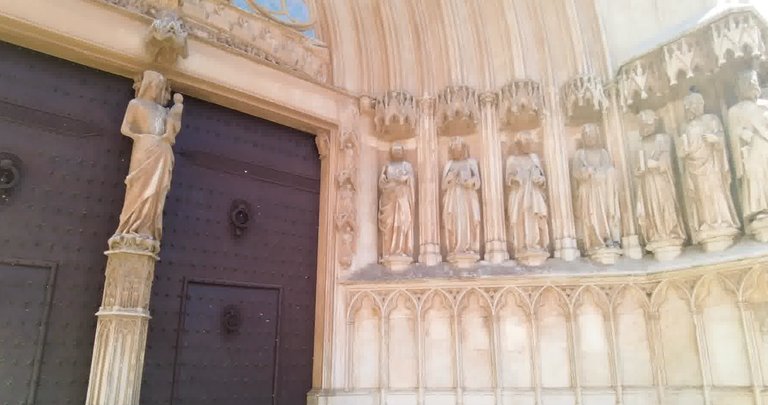
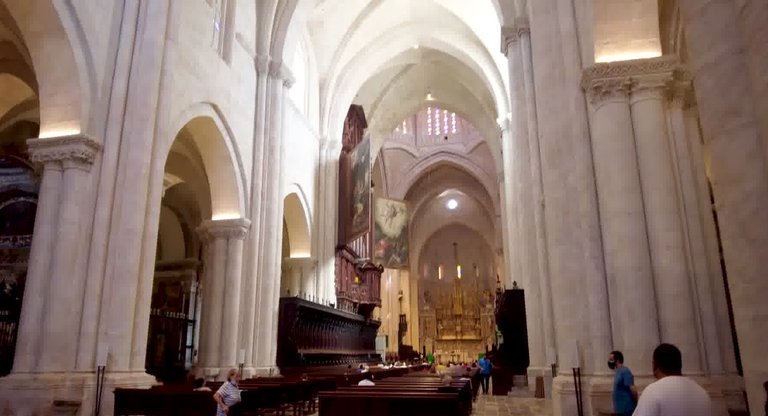
Then we visited the Roman circus. Or rather, what remains of it. The circus was like a stadium where ancient Roman games were held and of course, the most popular event of those times was chariot racing, typically conducted with chariots drawn by two or four horses.

The uniqueness of this circus is its location within the city walls. This enhances the significance of the circus because it is quite a large structure and being within the city walls is quite unusual. It is considered one of the best-preserved Roman circuses. Given that most of it is still concealed beneath the old buildings of the 19th century, this is quite impressive.

Placa dels Sedassos. This small and tranquil place captivated me. You might not be able to see this beauty from a photograph. You feel like being there, losing yourself with the birds chirping on the balconies of the old buildings nearby; you could almost say, "leave me here." We were fortunate. There was no one around. The birds sang their most beautiful songs just for us.
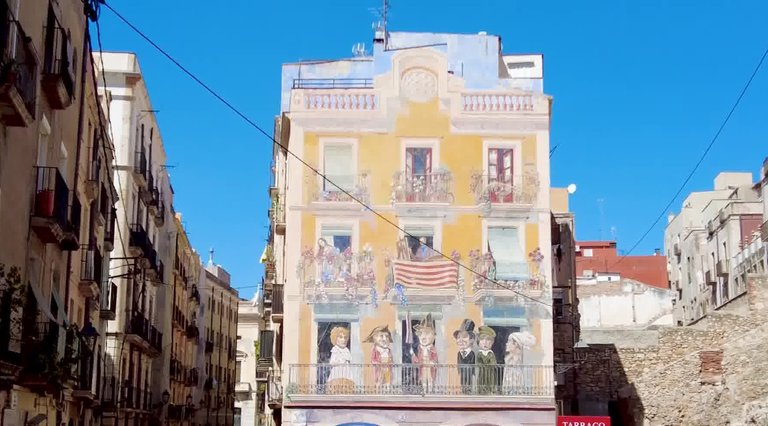
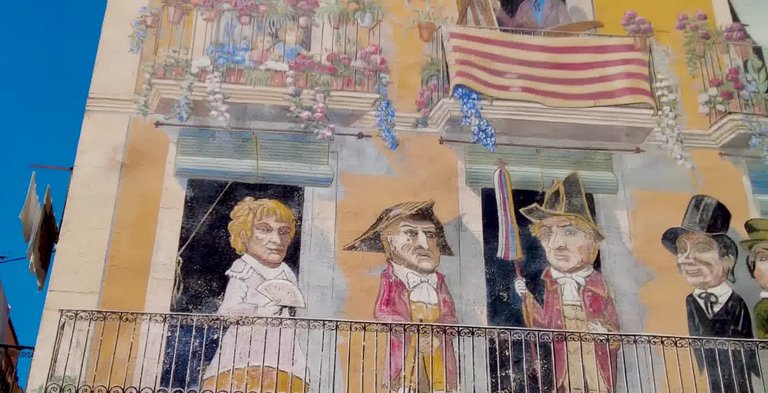
And we continued our journey and went to Denia. This city is located in the province of Alicante but is almost on the border with Valencia. It is one of the most touristy cities on the Costa Blanca coast and is known for its beaches and gastronomy. Did you know there's a toy museum in Denia?


It is known that in the 20th century, Denia was a very important toy production center and this area was its main industry. In the toy museums, we saw many old toys ranging from cars, boats and planes to furniture.

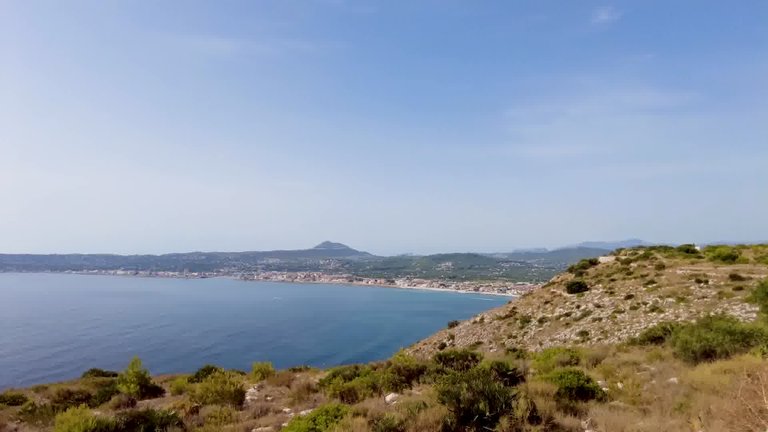
And another day! We went to the scenic hills between Denia and Xabia. It was quite surprising that there were no tourists here. Perhaps they are not aware of it. We saw a lighthouse. It used to be inhabited by a family who used to assist ships with its light, but now it's not used and serves only as a guide.

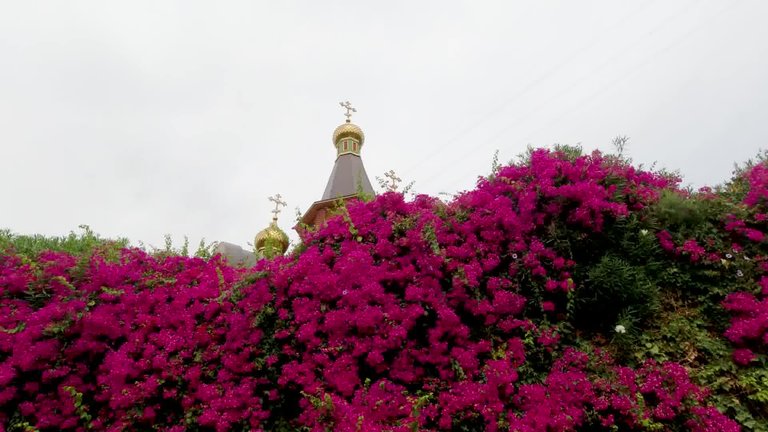
On the way, we came across the Russian Orthodox Church. Seeing something like this in the middle of Spain surprised me. I was told it's the first Russian Orthodox Church built in Spain. We explored the interior with curious eyes. Construction of this church began in the 90s and after the dissolution of the Soviet Union and the lifting of the Iron Curtain, many Russians came to Spain in search of a better life and this building was built by Russians. The construction of this church is made of wood brought from the Urals.






Next to it is the typical tourist town of Altea. And here, there are beaches, restaurants and other tourist entertainments. Altea is known as the jewel of the Costa Blanca. It is located between Benidorm and Calpe and might make you think you're in the Greek islands. Wandering the labyrinthine white streets of this town was a great activity.

And we saw the typical houses of this coast. The white color doesn't make it too hot inside during summer because it reflects the sunlight. The view from the windows of these people must be absolutely stunning. This church is Nostra Senyora del Consol de Altea, popularly known as the Mediterranean Cup.



Then we went to the beach, it was behind the main road, so we had to climb the hill. Our guide said only the locals know about this beach. Let me give you a tip about the beach; this beach is very close to Altea, there is a big rock called Pinyon. It's truly surprising, there are 6 different routes here and you can climb to the highest point. An interesting fact, Romans used to live here and they found a meal remains where they ate fish in the past, this meal is called Garum and when they found the remains, they immediately understood that people lived here. Of course, these Romans loved Garum very much.




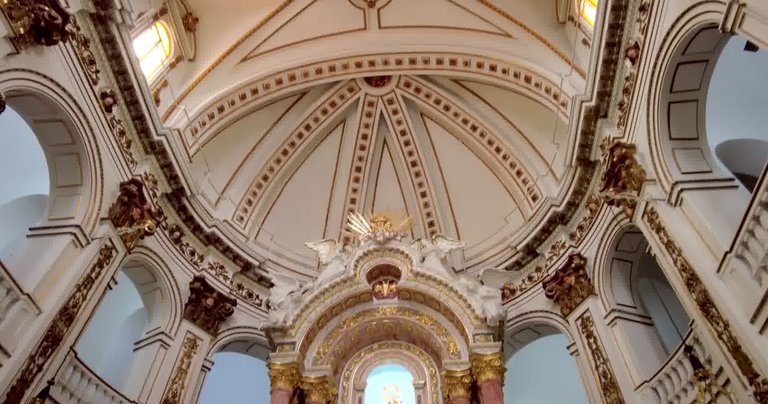

We went to a typical local restaurant for dinner in the evening. The waiter gave us some information about the regional cuisine, including salads, fish, meat and tapas. Everything looked very delicious. Additionally, there were wine options from different Spanish regions available.



While heading to Latte Matina, we also passed through Alcoy. Although it's not a touristy city, it has quite an interesting history. Alcoy was conquered by King James in the 13th century, rescuing the city. Even today, years later, the residents of Alcoy continue to celebrate the city's liberation. There is a plaque in front of all the buildings in the city commemorating Alcoy's liberation. Such monuments still remind people of what happened in Alcoy. However, the city has faced many disasters throughout its history. It was damaged by an earthquake in 1748 and destroyed by the French during the War of Independence. Surprisingly, the castle has been well-preserved to this day. There is a monument plaque where the last resistance took place. Imagine hundreds of people fighting here until the last moment.
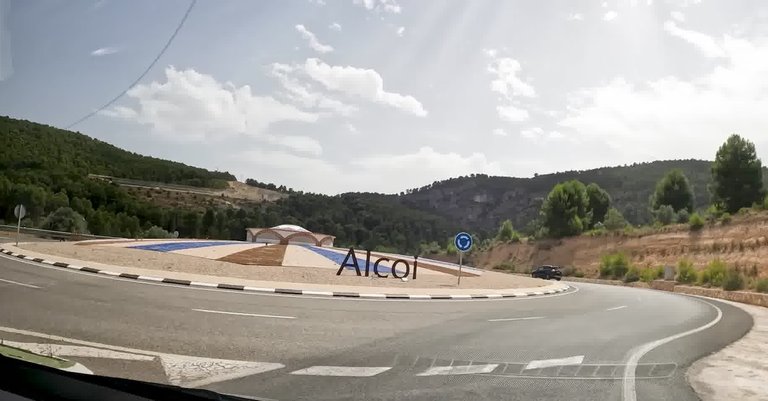





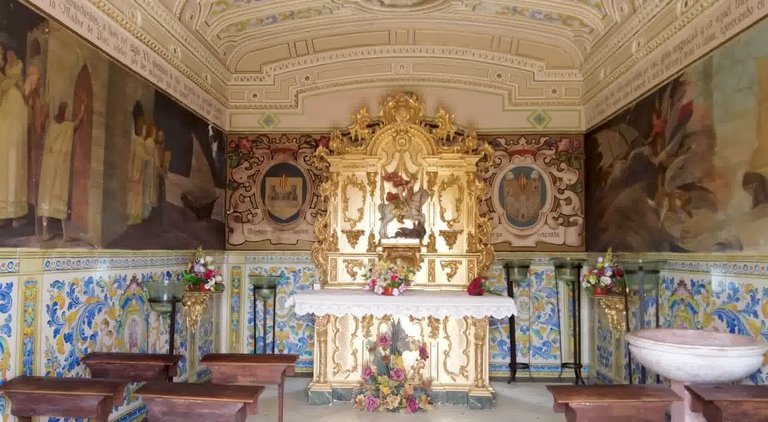



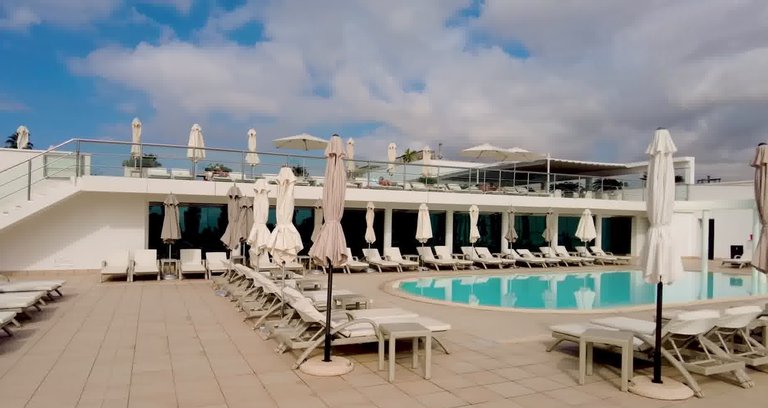
And we concluded our journey in Valencia. This city is famous for its festivals and Europe's largest aquarium. We took a break at the wonderful hotel near the beach. I will continue to share beautiful memories from our trip to Spain in my next post. Thank you for reading.
Congratulations, your post has been added to Pinmapple! 🎉🥳🍍
Did you know you have your own profile map?
And every post has their own map too!
Want to have your post on the map too?
Congratulations @lett! You received the biggest smile and some love from TravelFeed! Keep up the amazing blog. 😍 Your post was also chosen as top pick of the day and is now featured on the TravelFeed front page.
Thanks for using TravelFeed!
@for91days (TravelFeed team)
PS: Have you joined our Discord yet? This is where over 1000 members of the TravelFeed come together to chat. Join us!